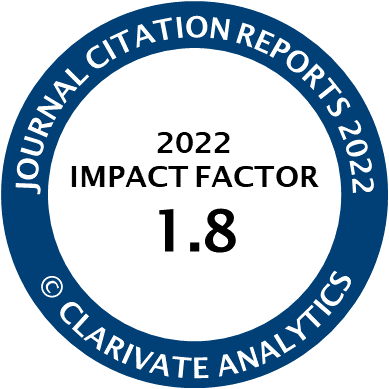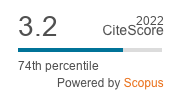Article | Open Access
City and Industry: How to Cross Borders? Learning From Innovative Company Site Transformations
| Views: | 1414 | | | Downloads: | 1064 |
Abstract: While working and living coexisted in the historical city, the functions are separated in the Modernist city. Recently, the idea of connected urban districts with short distances and attractive work spaces have received renewed attention from companies and planners alike, as soft site factors, tacit knowledge, and local production are gaining importance. In this article we focus on the development of multi-national company sites and the economic and spatial conditions that encourage them to transform existing sites, improve placemaking, and cross borders. We also have a look at their interactive influence on the neighbourhood. We talked to the real estate managers of BASF, BMW, Bosch, Siemens, and Trumpf about site development strategies and approaches for connecting and mixing functions, and therefore crossing borders and, where it is necessary, separating. The professional discourse on “productive cities” and “urban manufacturing” is concerned with reintegrating production into the city. Reurbanisation is especially instrumental in overcoming a major guiding principle or dogma of the Modernist city: the separation of functions. Nevertheless, reurbanisation results in price rises and increases the competition for land. Therefore, planning has to pay attention to industrial areas, as well as housing or the inner-city. An important thesis of the article is that multi-national companies are pioneers in transforming their priority sites to suit future development. For cities, it is an upcoming communal task to ensure that all existing industrial areas develop into “just, green and productive cities,” as pointed out in the New Leipzig Charter. To a certain extent, it is possible to adapt the urban planning and design strategies of multi-national companies for existing industrial areas. This is especially true regarding the question of how borders and transition zones between industrial areas of companies and the surrounding neighbourhood can be designed to be spatially and functionally sustainable or how they can be transformed to suit future urban needs. However, urban planning has to balance many concerns and therefore the article concludes with a synopsis of the importance of strategic planning for transforming existing industrial areas.
Keywords: company sites; economic development; global players; industrial areas; just city; productive city; strategic planning; transition zones; urban planning and design; urban resilience
Published:
© Britta Hüttenhain, Anna Ilonka Kübler. This is an open access article distributed under the terms of the Creative Commons Attribution 4.0 license (http://creativecommons.org/licenses/by/4.0), which permits any use, distribution, and reproduction of the work without further permission provided the original author(s) and source are credited.




